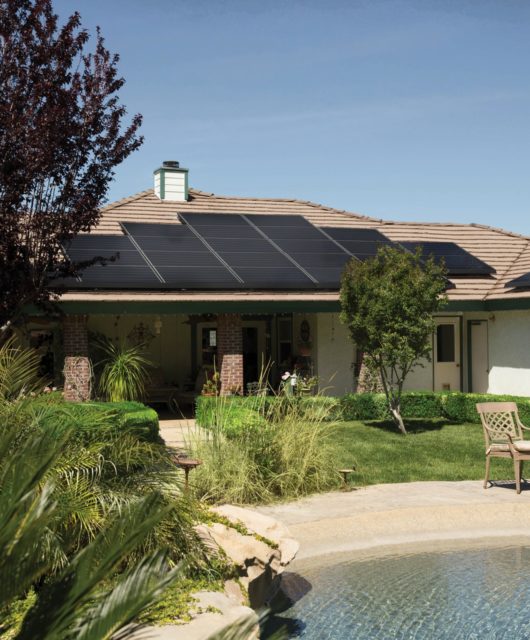10 Most Common Home Insurance Mistakes
 If you have a mortgage, you need homeowners insurance. But buying the right kind or type of homeowners insurance could cost you a mint when you can least afford it. Avoiding common home insurance errors will pay off. And if you know where to look, you can always find affordable home insurance.
If you have a mortgage, you need homeowners insurance. But buying the right kind or type of homeowners insurance could cost you a mint when you can least afford it. Avoiding common home insurance errors will pay off. And if you know where to look, you can always find affordable home insurance.
Please continue reading to avoid the most common homeowners’ insurance mistakes.
Table of Contents
- 1 Underinsuring
- 2 Underestimating The Extent of Coverage
- 3 Overestimating Dollar Amount of Coverage
- 4 Setting Deductible Too Low or High
- 5 Purchasing Only The Basics
- 6 Thinking Earthquake Insurance Isn’t Needed
- 7 Not Getting Flood Coverage
- 8 Thinking Standard Home Insurance Covers Mold and Sewage Problems
- 9 Buying Minimum Liability Coverage
- 10 Thinking Your Policy Has One Deductible
Underinsuring
Everyone wants to save a buck, but you can cost yourself in the long-run by ‘saving’ money by underinsuring.
Most often, homeowners buy only enough insurance to pay for their mortgage or insure the property only for its tax value. Doing these things could give you less money than you need to rebuild your home.
The wise choice is to purchase adequate coverage so you can rebuild the house and replace your personal belongings. Remember: Building your home from scratch will probably cost more than its current market value. This is especially true if hard material costs have increased.
Underestimating The Extent of Coverage
Insurance isn’t the most exciting topic, so many folks file insurance paperwork without reviewing it. Many don’t understand what is covered and not covered.
Make sure you ask the insurance agent to go over your policy to understand everything.
Overestimating Dollar Amount of Coverage
Again, many people are clueless about the details of their homeowners insurance. Talk to your agent and understand exactly how much coverage you have for everything. This will prevent you from assuming that you can file a claim when you can’t.
Setting Deductible Too Low or High
Many people set deductibles too low or high to save pennies. But this may backfire when you need coverage the most. When your deductible is too low, you pay more when the stuff hits the fan. Set it too high, and you have high premium payments.
Most insurance experts recommend choosing a $500 or $1,000 insurance deductible. Just make sure you have that cash available when you file a claim.
Purchasing Only The Basics
It’s common to think you have full coverage when you don’t. Generally, regular homeowner’s policies cover lightning, fire, tornadoes, hail, and sometimes vandalism. But you need special coverage for hurricanes, earthquakes, and floods.
Think about the different risks to your home in your area. If there’s a history of significant disasters, consider adding to your coverage.
Thinking Earthquake Insurance Isn’t Needed
California isn’t the only place where the ground shakes. Washington, Nevada, Hawaii, and Alaska have more earthquakes than The Golden State.
Check the most common locations noted in the US Geological Survey’s publication on earthquake states. If you live in one of them, consider adding earthquake protection to your policy.
Not Getting Flood Coverage
If your home isn’t near water or in a flood plain, why buy flood insurance? The Insurance Information Institute states that 90% of natural disasters in the United States involve flooding.
The excellent news is flood insurance isn’t expensive if you reside in a low-risk zone.
Thinking Standard Home Insurance Covers Mold and Sewage Problems
Mold and sewage problems are common home problems, so you’d think they’d be covered with standard coverage. Many home insurance policies don’t cover these items. If they do, they’re usually capped at low amounts.
Go over your policy and see if they’re covered. If not, talk to your agent about adding them.
Buying Minimum Liability Coverage
Liability insurance covers you if people are hurt on your property. You’re also covered if you, loved ones, or pets hurt someone. Standard home insurance covers this, but at a meager amount.
Consumer Reports advises having a $300,000 minimum in liability protection.
Thinking Your Policy Has One Deductible
Most insurance policies feature deductibles. With car insurance, it’s a flat rate. But some home insurance policies have various deductibles. Ensure you’re clear on what the deductible is for every type of coverage.
Homeowner’s insurance is essential to your finances. Make sure you understand what your coverage is and purchase what you need. Your wallet will thank you when it counts!









